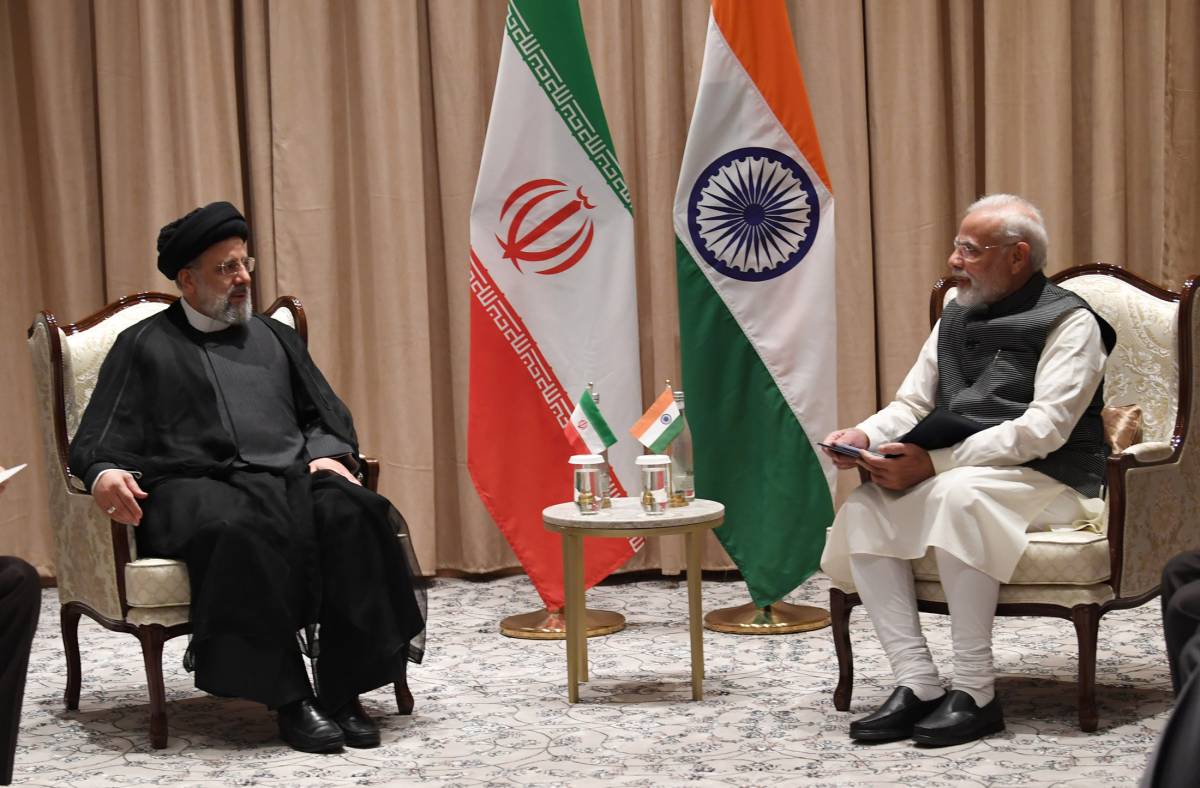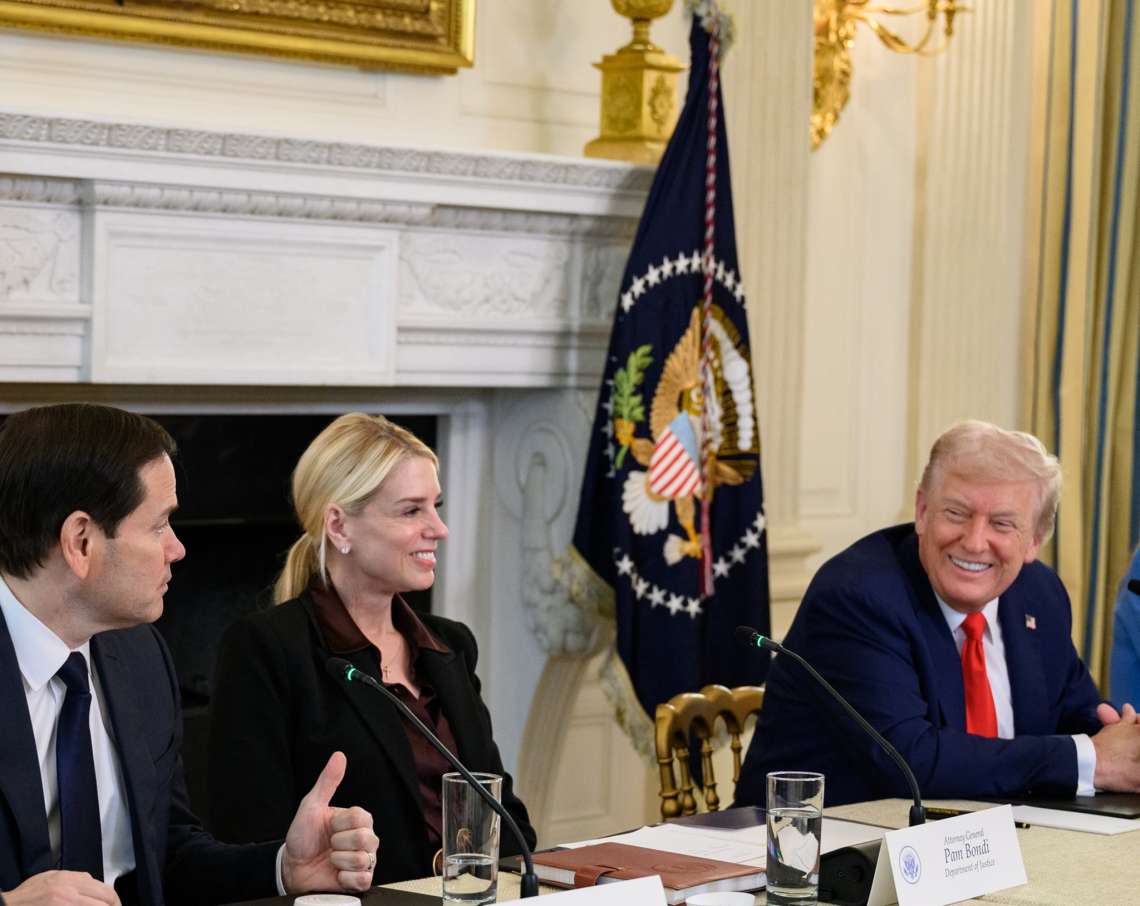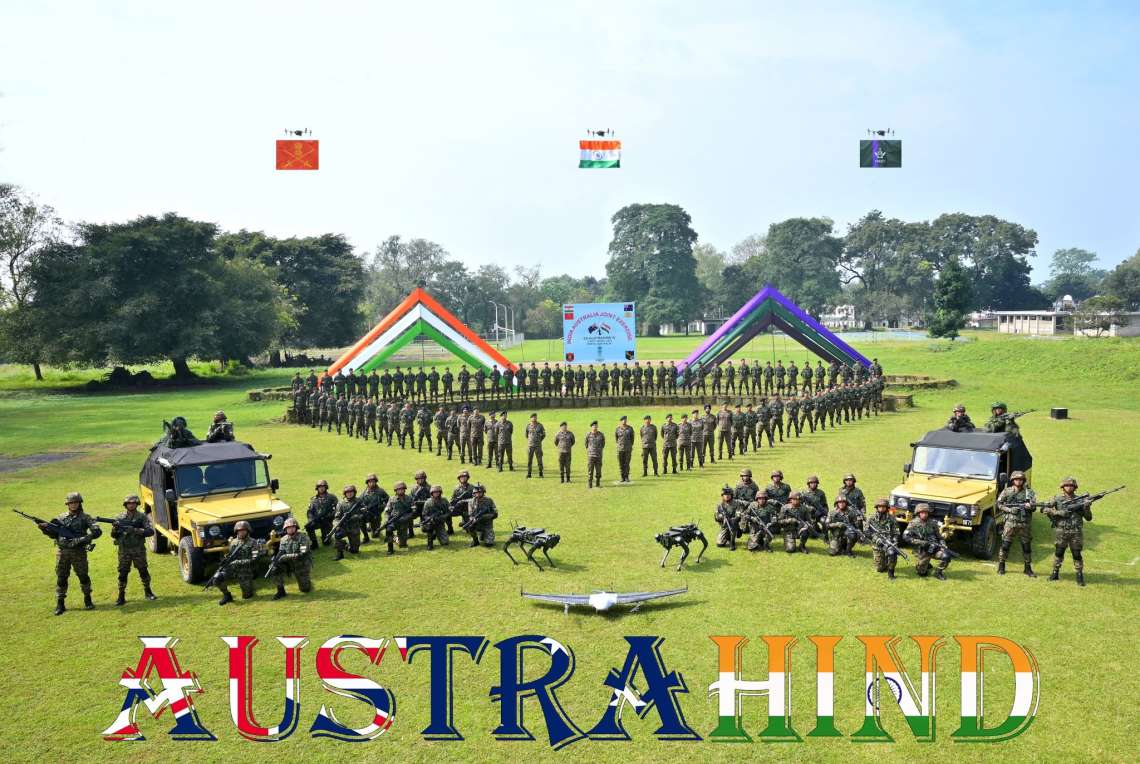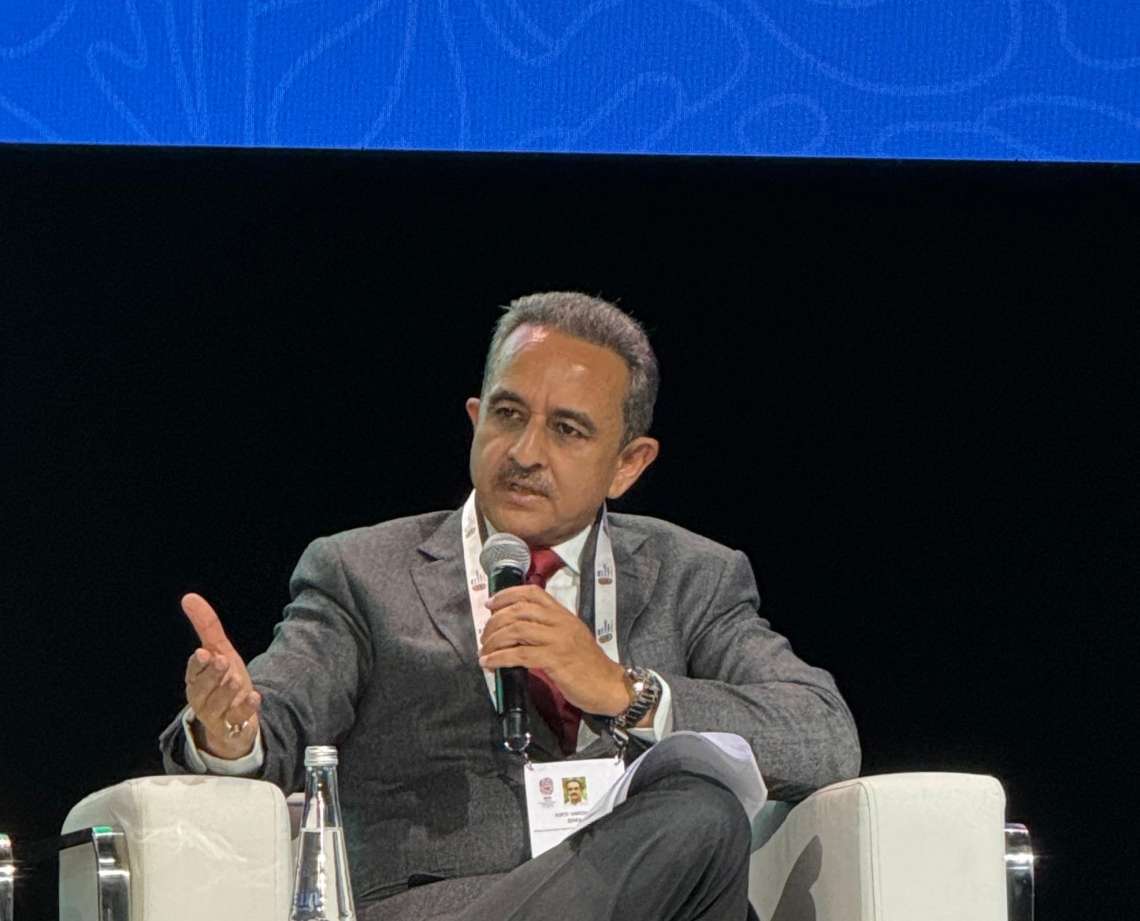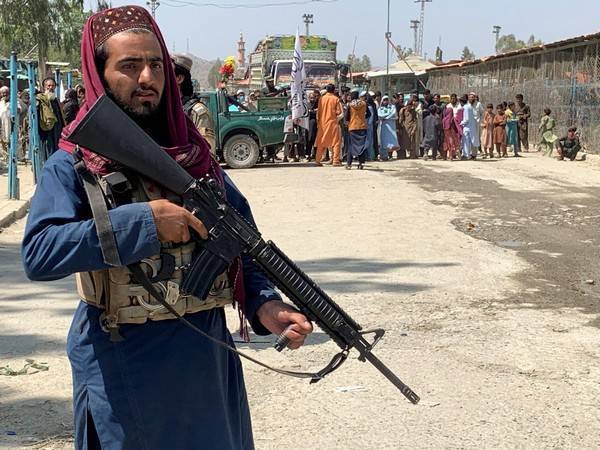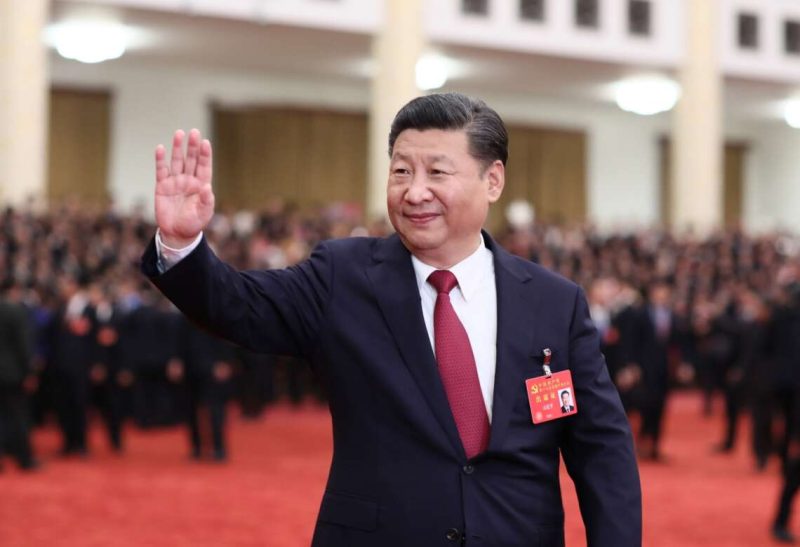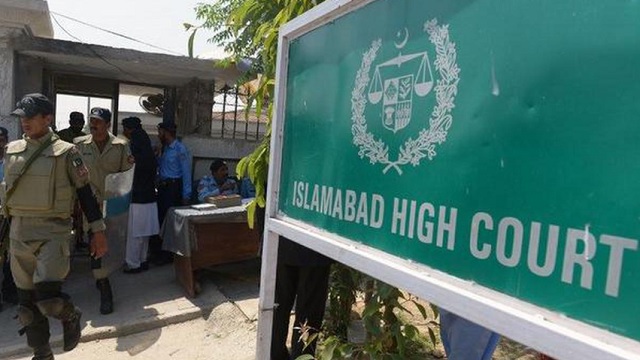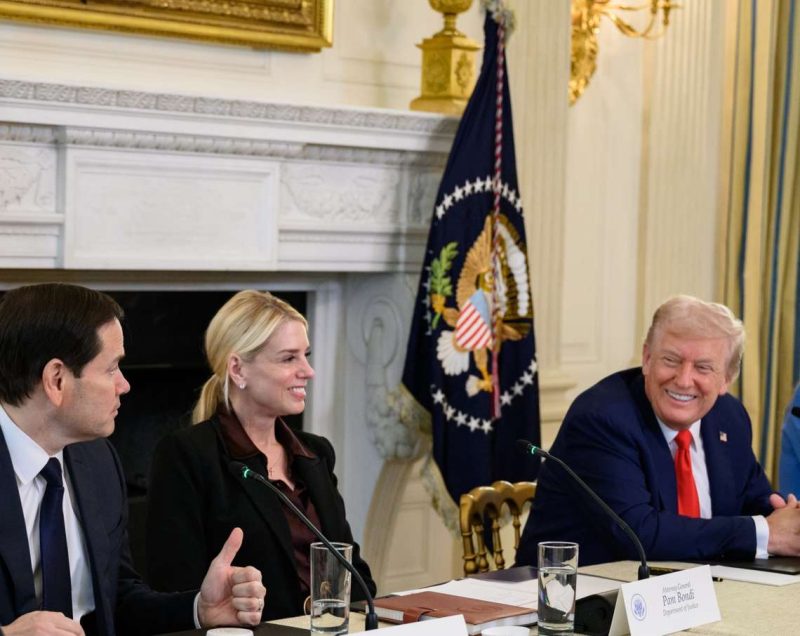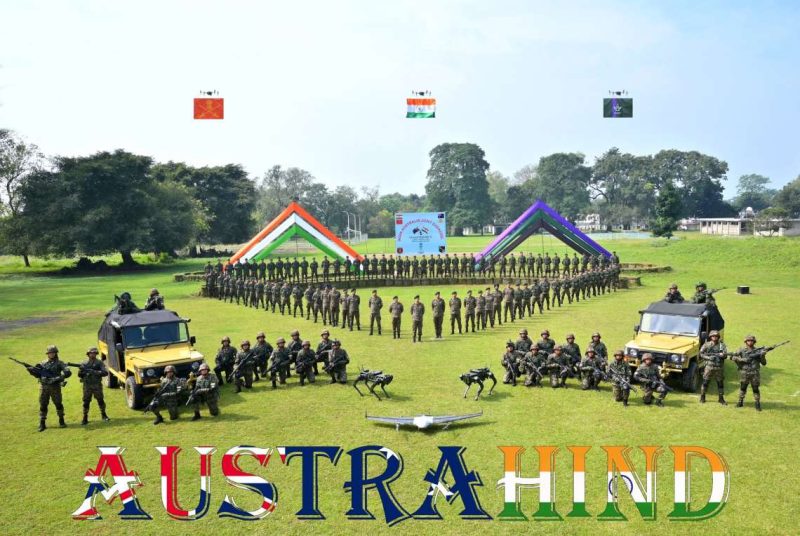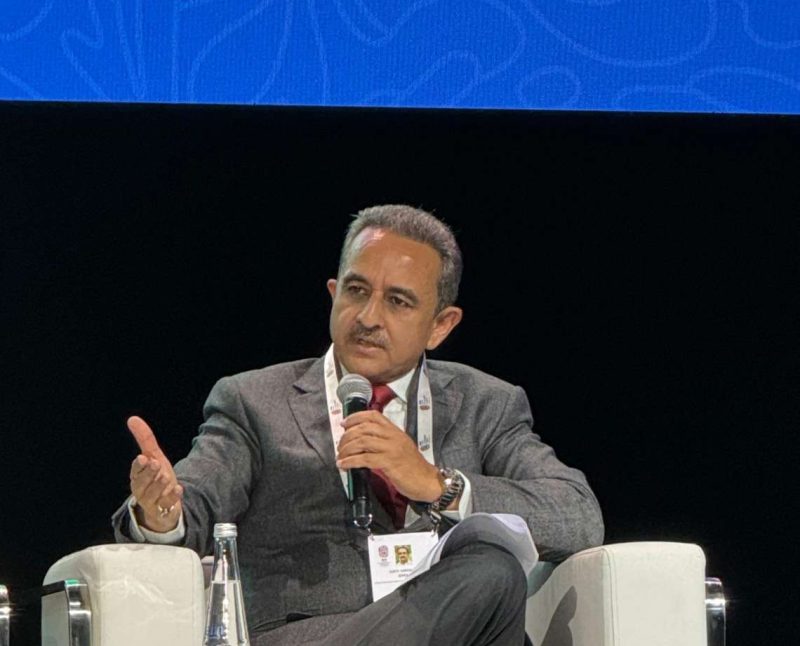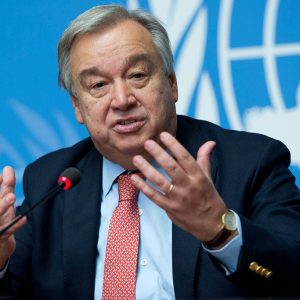In the context of emerging connectivity corridors, Iran emerges as a pivot that will link Caucasus and Russia as well as land-locked Afghanistan and Central Asia to India, writes Sankalp Gurjar
Two recent developments have brought the strategic importance of Iran into India’s foreign policy calculus. As per reports, Iran and India are close to finalizing the long-term arrangements for operating the Chabahar port.
Secondly, Iran became a member of the Shanghai Cooperation Organization (SCO) whose Summit was held at Samarkand in Uzbekistan last week. The likely conclusion of the nuclear deal between Iran and world powers will only underscore the growing significance of Iran to the geopolitics of Eurasia, Persian Gulf region and of India.
Iran’s pivotal geographical location and the probable connectivity links that it can offer is one of the most important assets. Iranian ports like Bandar Abbas and Chabahar are key transit points for the trade corridors connecting India and the Indian Ocean with the Inner Asia.
The International North South Transit Corridor (INSTC) which has been in the strategic discourse for almost two decades, without much progress, has suddenly come alive with the Russia-Ukraine War. Recently, a trial for the INSTC route was successfully undertaken. Two 40-foot containers were shipped from St Petersburg in Russia for India via land as well as maritime components of the INSTC coming into play. The containers came via Southern Russia, Caspian Sea and Iran to India.
The port of Bandar Abbas is a key connecting node for the INSTC, which will link India’s West Coast to Russia via transport corridors passing through Iran, Caucasus, and the Caspian Sea region. Sometimes, it is pitched as the alternative route bypassing the Suez Canal that will also save time. With the Western attempts to isolate Russia and impose sanctions, the critical role of corridors like the INSTC can’t be undermined.

The port of Chabahar was being developed as an entry point for India’s outreach to Central Asia and Afghanistan. India has already shipped food and medicines to Afghanistan via the Chabahar route. The capture of power by the Taliban in Afghanistan changed the strategic dynamics regarding Chabahar. However, the port is back in the discussions and as India stages a comeback in Afghanistan, the role of Chabahar is likely to increase even further. Chabahar will link southern Afghanistan to India and will perhaps be useful to reach out to the factions within the Taliban that are influential in the region around Kandahar.
In this context of emerging connectivity corridors, Iran emerges as a pivot that will link Caucasus and Russia as well as land-locked Afghanistan and Central Asia to India. Taken together, there could be two major arteries of the connectivity corridors passing through Iran that will form the “V” shaped transport links: one will reach Afghanistan and Central Asian states while the other will reach the Caucasus and Black Sea region. Iran is a connecting point of the “V” on which both corridors will come together. The growing trade amongst the countries located along these corridors will open up opportunities for developing infrastructure as well as deepening strategic and economic ties. India would be able to leverage the opportunities not just to trade but to build infrastructure along both these axes.
Iran’s membership in the SCO will add further boost to these transport corridors. The role of Iran is critical as a key node for connectivity and for the evolution of regional security structures in the context of Taliban-controlled Afghanistan. Any solution to the Afghan problem cannot exclude Iran. Moreover, the Iranian membership would add further weight to the SCO as the geography of regional grouping would then spread from the icy Arctic in the north, Black and Caspian Seas to the west, Indian Ocean to the south and Pacific to the east. With Iran’s entry into the SCO, all major Eurasian powers would be part of the grouping.
In this evolving geopolitics, India has to find ways to deepen ties with Iran which have been put in the cold storage since the launch of “maximum pressure” campaign by the Trump administration in 2018-19. Iran has already asked India to purchase oil by using the same methods as it is using for buying Russian oil. The incoming Iranian oil will help in ensuring India’s energy security and easing the pressure of rising oil prices which in turn may help in bringing down the domestic inflation as well.
Thus, Iran is critical for India’s strategic, economic and energy interests. The meeting between PM Modi and Iranian President Raisi on the sidelines of the SCO summit is a good start. It is time to re-engage and bring pivotal Iran back into India’s foreign policy fold.

Central Asia rediscovers Chabahar
Earlier this year when Indian External Affairs Minister S. Jaishankar visited Tashkent for the meeting of foreign ministers of the states of the Shanghai Cooperation Organisation (SCO), he pitched for Uzbekistan’s participation in the Chabahar port. His counterpart from Pakistan, on the other hand, pitched for the China Pakistan Economic Corridor (CPEC).
For landlocked countries of Central Asia, connectivity is the greatest priority, both in economic and strategic terms. For double landlocked countries like Uzbekistan, it assumes even greater salience. And the shortest route to the warm waters of the Indian Ocean and to South Asia and further afield is through Af-Pak. That is why Central Asian countries have been expending special effort for integrating Afghanistan in their regional connectivity plans and by extension in their foreign policy. This policy has been followed regardless of the government in power in the war-torn country. In 2021 Uzbekistan organised a grand connectivity conference where President Ashraf Ghani was one of the participants, as well as then Pakistani Prime Minister Imran Khan who batted for the Central Asian countries too. And this year again it organised an international conference on Afghanistan, where the Taliban were the representatives, signaling Tashkent’s willingness to do business with whoever was in power.
Afghanistan’s geography was the prime reason for Central Asian countries’ decision to welcome the Taliban in Kabul a year ago, with the exception of Tajikistan. Afghanistan’s geostrategic location as the roundabout connecting South and Central Asia makes its territory a highly coveted transit route for landlocked states of Central Asia in order to access the markets and resources of South Asia and perhaps even further. Transit passage through Afghanistan provides the shortest route. To that end a number of mega regional projects like CASA 1000 – the project for providing power from Central Asia to South Asia, and TAPI – the Turkmenistan Afghanistan Pakistan India gas pipeline was conceived with the active support and encouragement of major powers like the US.
To that end Uzbekistan has been constructing the Termez – Mazar-i-Sharif – Kabul – Peshawar railway, and also teamed up with Iran to use the Chabahar Port. At the connectivity conference last year, Uzbekistan also became part of the South Asia- Central Asia QUAD along with the US, Afghanistan, and Pakistan for “Regional Support for Afghanistan-Peace Process and Post Settlement”, “in principle to establish a new quadrilateral diplomatic platform focused on enhancing regional connectivity”. To that end too Turkmenistan has been pursuing the TAPI pipeline which would take Turkmen gas to energy starved Afghanistan, Pakistan, and India, while diversifying Turkmenistan’s export market, dependent almost entirely currently on China.
For this very reason in 2016 Turkmenistan opened a railway link to Afghanistan. On the Turkmen part the link terminated at the Ymamnazar customs control point where Turkmenistan has built an oil product terminal with an annual capacity of 540,000 tonnes, and on the Afghan side, the link went up to the Aqina dry port in the Faryab province. In January 2021 Afghanistan and Turkmenistan inaugurated three major energy projects aimed at bolstering bilateral and regional ties. One was a 153 km long power transmission line which was part of the Turkmenistan-Afghanistan-Pakistan (TAP) route project to export and import of electric power between the three countries. The second was a fiber optic project aimed at providing internet to users in Afghanistan’s Herat and surrounding provinces and the third was a rail link between Turkmenistan and Afghanistan.
In the same vein in March this year the Uzbek president Shavkat Mirziyoyev paid a state visit to Pakistan – his first ever visit to the country after taking charge in Tashkent in 2016. Both countries agreed to develop and expand their strategic collaboration in all sectors and to sign a strategic partnership treaty but at the heart of the meeting was trade and investment, and therefore connectivity. For Uzbekistan’s vast resources and search for markets from its landlocked geography, Pakistan provides the shortest route to the warm waters of the Arabian Sea and markets in Asia and Africa.
Nevertheless, the ongoing turmoil in the region has put a spanner in the plans of the landlocked Central Asian states. In Afghanistan, turmoil continues even after the Taliban’s takeover as seen in the spate of violence fomented both by the Taliban against its civilian population, as well as in the attacks by the ISIS-KP; and in Pakistan, particularly in its Khyber Pakhtoonkhwa and Balochistan province through which all trade routes from Uzbekistan via Afghanistan have to transit and where the Gwadar port is located. Recently in August Reuters reported that the $1.2 billion Western backed CASA 1000 project – meant to connect Central Asia to South Asia through a power line, had been suspended in Afghanistan due to ongoing turmoil.

Though Af-Pak provides the shortest routes, geopolitical realities have forced these states to look elsewhere. And the most obvious transit points come through Iranian ports – in particular the Chabahar port which India is developing; and the multi-modal International North South Transport Corridor (INSTC) which connects Russia through Iran’s Bandar Abbas port with India. On July 7th, 2022, Russian company RZD Logistics successfully completed its first transport of goods to India via the INSTC. This has further given a fillip to the landlocked Central Asian states that of the two routes, one via Afghanistan and the other via Iran, the latter is currently more feasible and sustainable given the relative stability of the latter. The importance of Chabahar where India is developing the Shahi Beheshti terminal can be gauged from the fact that it was exempted from the slew of sanctions that the Donald Trump administration had slapped on Iran. Initially important for India’s connectivity to Afghanistan bypassing Pakistan, it has become an important gateway for India to access Central Asian markets and resources without transiting Pakistani territory, given Pakistan’s obduracy in refusing to grant India transit rights through its territory.
In 2021 External Affairs Minister pitched for connecting the INSTC to Chabahar port for obvious logistical soundness. He also proposed including Afghanistan and Uzbekistan in the INSTC to form its “eastern corridor”.
In 2020, Uzbekistan participated in the first trilateral working group together with India and Iran in discussing joint use of the Chabahar port. While simultaneously it has been backing routes through Pakistan, its more recent discussions with Indian deputy NSA Vikram Misri in Tashkent hinged on the sober realization that trade through Chabahar port was more realistic for the time being. In July India and Uzbekistan agreed to do a pilot container cargo shipment from Tashkent to India, using the multimodal route via Iran’s Chabahar Port. This was agreed at a meeting between Union minister Sarbananda Sonowal and Uzbekistan’s Deputy Prime Minister and minister of investment & foreign trade, Jamshid Khodjaev. “Both India & Uzbekistan agreed that this new vista may unlock future possibilities of a Trans Caspian Multi Modal Transit Corridor between the Central Asia and South Asia regions,” a ministry of ports, shipping, and waterways document said.
Similarly, Afghanistan’s other Central Asian neighbour Turkmenistan which has expended significant effort in cultivating relations with Afghanistan, now understands that joining the INSTC will serve it better. Also bordering Iran, Turkmenistan had not been part of the INSTC. Prime Minister Narendra Modi on his 2015 visit to Ashkhabad had invited the gas rich but cash strapped country to join the INSTC. Last month in August, following an international conference on connectivity of landlocked countries in Turkmenistan, the country announced that it was going to join the India-Iran-Russia founded INSTC. Turkmen Deputy Prime Minister and Foreign Minister Rashid Meredov stated on August 19 that “Today Turkmenistan began the process of joining this agreement at a briefing following the international conference of landlocked countries.
Adding grist to the mill has been the Ukraine crisis and the sanctions slapped on Russia by the Western countries. Most Central Asian countries remain dependent on transit routes through the Russian Federation, and the Ukraine conflict has necessitated search for alternate routes. In the foreseeable future the usefulness of Chabahar and the INSTC will triumph over those of others.
(Second part of this article is from Aditi Bhaduri)


